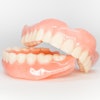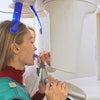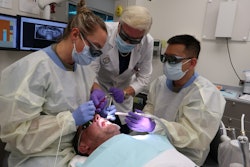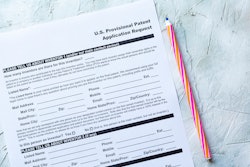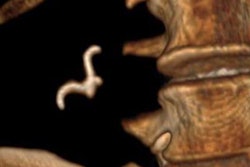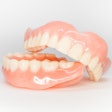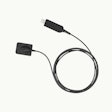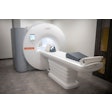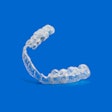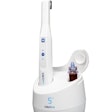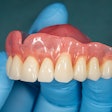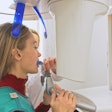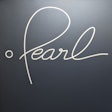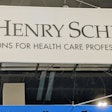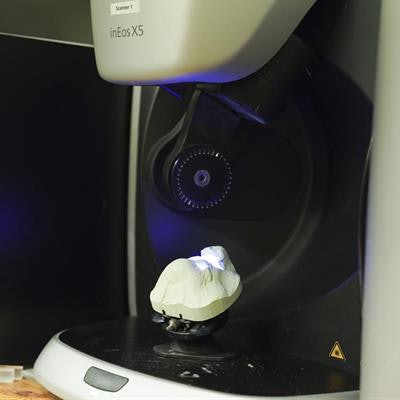
Members of the U.S. military have developed a way to use dental CAD equipment to scan faces and create custom devices that provide safer, more effective targeted radiation therapy, according to news published on December 13 by the U.S. Air Force.
The 81st Dental Squadron (DS) and the 81st Medical Diagnostic and Therapeutic Squadron (MDTS) at Keesler Air Force Base in Mississippi worked together to create better boluses for patients being treated at the base. A bolus is a material that helps concentrate a radiation dose at the skin's surface.
"We essentially tricked our computer into thinking the person's face was a dental model, as far as the computer thinks, it's just one weird looking mouth," Stephen Dereis, a DS dental laboratory technician, said in the story.
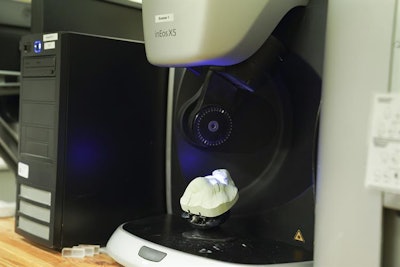 A mold for a custom bolus for cancer patients receiving radiation therapy. Image courtesy of the U.S. Air Force and taken by Senior Airman Spencer Tobler.
A mold for a custom bolus for cancer patients receiving radiation therapy. Image courtesy of the U.S. Air Force and taken by Senior Airman Spencer Tobler.Typically, oncologists use a flexible piece of rubber taped to a patient's face during radiation treatment. Unfortunately, this type of bolus was far from perfect.
"The old boluses were always cumbersome," added Col. Jason Hayes, an 81st MDTS radiation oncologist. "It'd never be reproduced exactly how it was last time. Some of these patients can have up to 20 treatments."
The new bolus-making process has not only made radiation treatment more effective but also improved the quality and consistency of patient treatment. Also, this new method shows the importance of collaborating with those in other medical fields.
"This partnership with dental is going to help us be more efficient and exact, which in-turn, will make us safer," Hayes said in the article. "If I talk to another radiation oncologist we think alike, but when I talk to a dentist or another medical provider, they approach problems differently and the outcome is almost always something novel."

